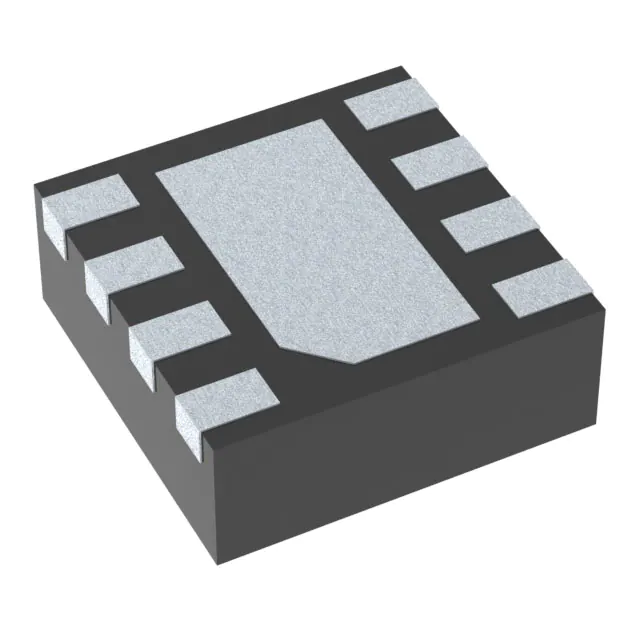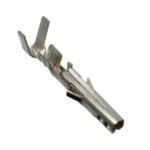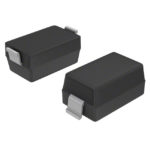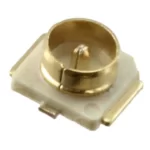How Integrated Circuits Are Changing the Face of Technology: An Insightful Analysis
Introduction to Integrated Circuits
Integrated circuits, also known as microchips, are the backbone of modern electronics. They are a type of electronic circuit that is compactly designed to perform multiple functions. These circuits have been instrumental in the development of computers, smartphones, and several other electronic devices that we use daily.
Integrated circuits are made up of several components, including transistors, diodes, and resistors, which are all embedded on a tiny piece of silicon called a wafer. The small size of the integrated circuits makes them highly efficient, and they consume less power compared to traditional circuits.
Brief History of Integrated Circuits
The first integrated circuit was invented by Jack Kilby in 1958 while working for Texas Instruments. The microchip he developed consisted of a transistor and several other components that were all connected on a single piece of germanium. This invention marked the beginning of the digital age, and it paved the way for the development of modern electronics.
In the following years, the integrated circuit became more popular, and its applications expanded to various industries, including aerospace, telecommunications, and consumer electronics. Today, integrated circuits are present in almost all electronic devices, from the simplest calculator to the most advanced computer systems.

Advantages of Integrated Circuits
Integrated circuits have several advantages over traditional circuits. Firstly, they are smaller in size, which makes them highly efficient and saves space in electronic devices. Secondly, they consume less power, making them more energy-efficient. Thirdly, they are more reliable since they are less prone to damage from environmental factors such as moisture and temperature changes.
Another advantage of integrated circuits is their flexibility. The design of the circuits is highly customizable, allowing manufacturers to create circuits that meet specific requirements. This flexibility has enabled the development of specialized circuits for various applications, such as sensors, microcontrollers, and memory chips.
Types of Integrated Circuits
There are two main types of integrated circuits: analog and digital. Analog circuits are designed to process continuous signals, such as sound and light. They are used in applications such as audio amplifiers and power supplies. Digital circuits, on the other hand, are designed to process discrete signals, such as binary code. They are used in applications such as microprocessors, memory chips, and digital signal processors.
There are also several types of integrated circuits based on their complexity. Small-scale integration (SSI) circuits contain up to ten gates, while medium-scale integration (MSI) circuits contain up to a hundred gates. Large-scale integration (LSI) circuits contain up to ten thousand gates, and very large-scale integration (VLSI) circuits contain over a hundred thousand gates.
How Integrated Circuits are Made
The manufacturing process of integrated circuits is complex and involves several steps. The process starts with the creation of a silicon wafer, which is then coated with a layer of silicon dioxide. The next step is to create a layer of photoresist, which is then exposed to ultraviolet light. The exposed areas of the photoresist are then removed, leaving behind a pattern on the silicon dioxide layer.
The next step is to etch the silicon dioxide layer, which creates openings for the transistors, diodes, and other components. The wafer is then cleaned, and a layer of metal is deposited on top of it. The metal is then patterned to create interconnections between the various components. The final step is to test the integrated circuits to ensure they work correctly.
Integrated Circuit Design Process
The design process of integrated circuits involves several steps, including design entry, simulation, layout, and verification. The design entry involves creating a schematic of the circuit, which is then simulated to ensure it meets the desired specifications. The layout involves placing the components on the silicon wafer and routing the connections between them. The final step is verification, which involves testing the circuit to ensure it meets the desired specifications.
Applications of Integrated Circuits
Integrated circuits have several applications across various industries. In the healthcare industry, they are used in medical devices such as pacemakers, insulin pumps, and glucose monitors. In the automotive industry, they are used in electronic control units, sensors, and safety systems. In the telecommunications industry, they are used in cell phones, routers, and modems. In the entertainment industry, they are used in gaming consoles, music players, and televisions.
Future of Integrated Circuits
The future of integrated circuits is exciting, and we can expect to see more advanced and powerful circuits in the coming years. The development of nanotechnology has enabled the creation of nanoscale integrated circuits, which are even smaller and more efficient than traditional integrated circuits.
One of the most promising developments in the field of integrated circuits is the use of artificial intelligence. AI algorithms can be embedded directly into the circuits, enabling them to perform complex tasks such as speech recognition and image processing.
Challenges Faced in the Development of Integrated Circuits
The development of integrated circuits is not without challenges. One of the primary challenges is the cost of manufacturing, which can be high, especially for specialized circuits. Another challenge is the need for high-level expertise in the design and manufacturing of the circuits. The complexity of the circuits also makes them vulnerable to errors, which can lead to significant losses.
Conclusion: The Impact of Integrated Circuits on Technology
Integrated circuits have revolutionized the world we live in, and their impact on technology cannot be overstated. They have enabled the development of modern electronics, from computers and smartphones to medical devices and automotive control systems. The future of integrated circuits is promising, and we can expect to see more advanced and powerful circuits in the coming years.
I have seen how integrated circuits have made our lives easier and more convenient. They have enabled us to communicate, work, and play more efficiently, and their impact on technology will continue to shape our future.


